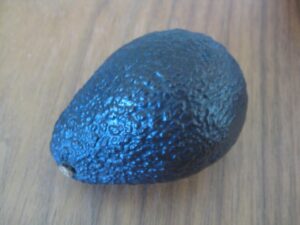
Yes of course, it’s great to eat a sushi with good friends.
But, that is not exactly what I had in mind. Making sushi together is a great way to spend time together.
Decide what kind of sushi to make
Select rice suitable for sushi
The different stages of sushi rice
Cooking sushi rice
Select fish and vegetables for sushi
Handling of fish in accordance with the Danish Veterinary and Food Administration’s rules
Use different techniques to cut fish and vegetables
Step by step to make different kinds of sushi
Cut sushi and prepare the food
Making sushi is a great way to be together.
Everyone is creative and gets the opportunity to make sushi with their favorite fish and vegetables it is a way to use your body differently.
The mind is free of everyday thoughts and instead focused on making tasty sushi which is enjoyed later in the day.
Read more about Sushi course for beginners
_
Zoë has lectured and held sushi courses for A. P. Moller – Maersk, Hugo Boss Nordic, Novo Nordisk, Novartis, Velux, Gorrissen Federspiel, Beierholm revision, Elbek & Vejrup and many more.






